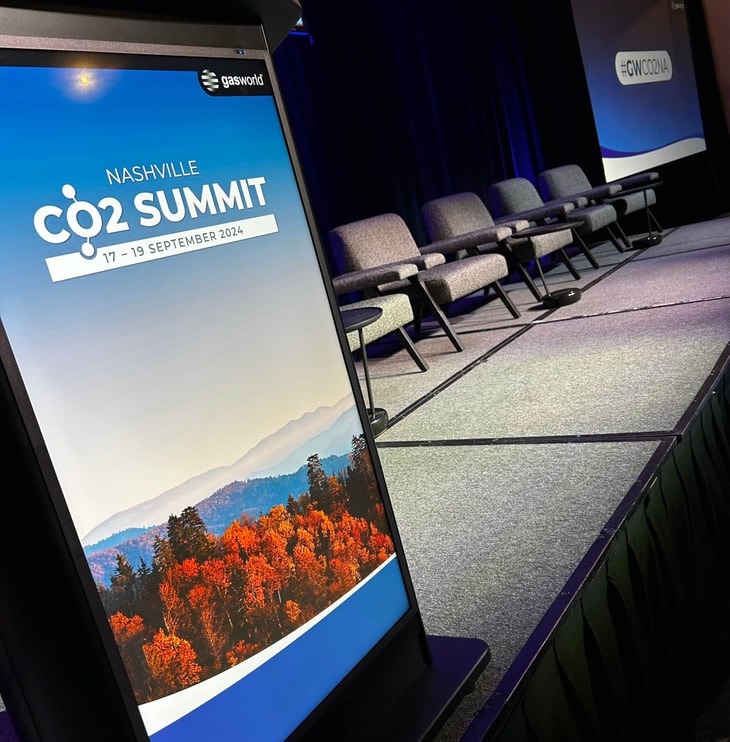High-purity carbon dioxide is crucial to the food and beverage industry – and the challenge from here for the industry is to stay well ahead of the game in terms of testing as new CO2 sources hit the market. The reputational risk that attaches to CO2 purity being compromised is real and was illustrated by the Perrier benzine scare of 1990, from which its sales have never recovered in the US.
The warning was issued by Dr Sieg Mueller, CEO of Analytical Science & Technologies Group (ASTG) in a presentation at gasworld’s North American CO2 Summit 2024 in Nashville.
“We need a higher level of science to ensure CO2 purity going into beverages,” said Mueller. “You need to approach quality as you would safety – but staying ahead of the risk and using orthogonal thinking that asks: what can happen and how can we mitigate that risk?”
It is nearly 40 years since the International Society of Beverage Technologists, which is engaged with the science of beverages, first issued a CO2 purity guideline specifying CO2 purity levels plus some other variables. The guidance has been updated several times in the intervening decades, with a CO2 gases subcommittee overseeing the work to adopt a food-safety approach to CO2 risk.
... to continue reading you must be subscribed







